Euphorbia tirucalli Pencil Tree, commonly known as the Pencil Tree, Pencil Cactus, or Milk Bush, is a succulent plant known for its distinctive, slender, pencil-like branches. It is a member of the Euphorbiaceae family and is native to Africa and parts of India.
Key Characteristics:
- Appearance: The Pencil Tree has thin, cylindrical branches that are smooth, green, and can grow up to 6-8 mm in diameter. The plant has very few leaves, which are small and typically fall off early, leaving the plant with its characteristic bare branches. The branches have a unique, almost alien-like appearance, making this plant popular in modern and minimalist designs.
- Size: In the wild, Euphorbia tirucalli can grow up to 30 feet (9 meters) tall. However, when grown as a houseplant, it usually reaches a more manageable height of 6-8 feet (1.8-2.4 meters), depending on the conditions and care.
- Flowers: The plant produces small, inconspicuous yellow flowers, typically at the ends of its branches. However, flowering is relatively rare, especially when the plant is grown indoors.
- Growth: Euphorbia tirucalli is a fast-growing plant, especially when given ample light and proper care. Its upright, branching growth habit can be pruned to maintain a desired shape or size.
Care and Maintenance:
- Light Requirements: The Pencil Tree thrives in bright, indirect light and can tolerate some direct sunlight. It can adapt to lower light conditions but will grow more slowly and may become leggy if light is insufficient.
- Watering: This plant is drought-tolerant and prefers to dry out completely between waterings. Overwatering can lead to root rot, so it\’s important to water sparingly. During the winter, when the plant is dormant, reduce watering even further.
- Soil: A well-draining, sandy or cactus potting mix is ideal for Euphorbia tirucalli. Good drainage is crucial to prevent water from accumulating at the roots.
- Temperature: The Pencil Tree prefers warm temperatures between 65-75°F (18-24°C). It can tolerate temperatures as low as 50°F (10°C) but should be protected from frost.
- Fertilization: During the growing season (spring and summer), you can fertilize the plant every 4-6 weeks with a balanced, water-soluble fertilizer. Fertilization is not necessary during the winter months.
- Pruning: Regular pruning can help maintain the shape and size of the Pencil Tree. When pruning, wear gloves and handle the plant carefully due to its toxic sap.
Caution:
- Toxicity: Euphorbia tirucalli contains a milky sap that is highly toxic and can cause skin irritation, eye injury, and severe discomfort if ingested. Always wear gloves when handling or pruning the plant, and wash your hands thoroughly afterward. Keep the plant out of reach of pets and children.
- Handling and Safety: If the sap comes into contact with the skin, it should be washed off immediately with soap and water. If it gets into the eyes, seek medical attention right away.
Uses:
- Ornamental: The Pencil Tree is often used as an ornamental plant in gardens, landscapes, and interiorscapes, especially in modern and minimalist designs due to its unique, architectural form.
- Drought Tolerance: Due to its ability to withstand dry conditions, Euphorbia tirucalli is often used in xeriscaping and water-conserving landscapes.
Euphorbia tirucalli, with its unusual appearance and low-maintenance care, is a fascinating and attractive plant for both indoor and outdoor spaces. However, its toxic nature requires careful handling and consideration when choosing its location in your home or garden.

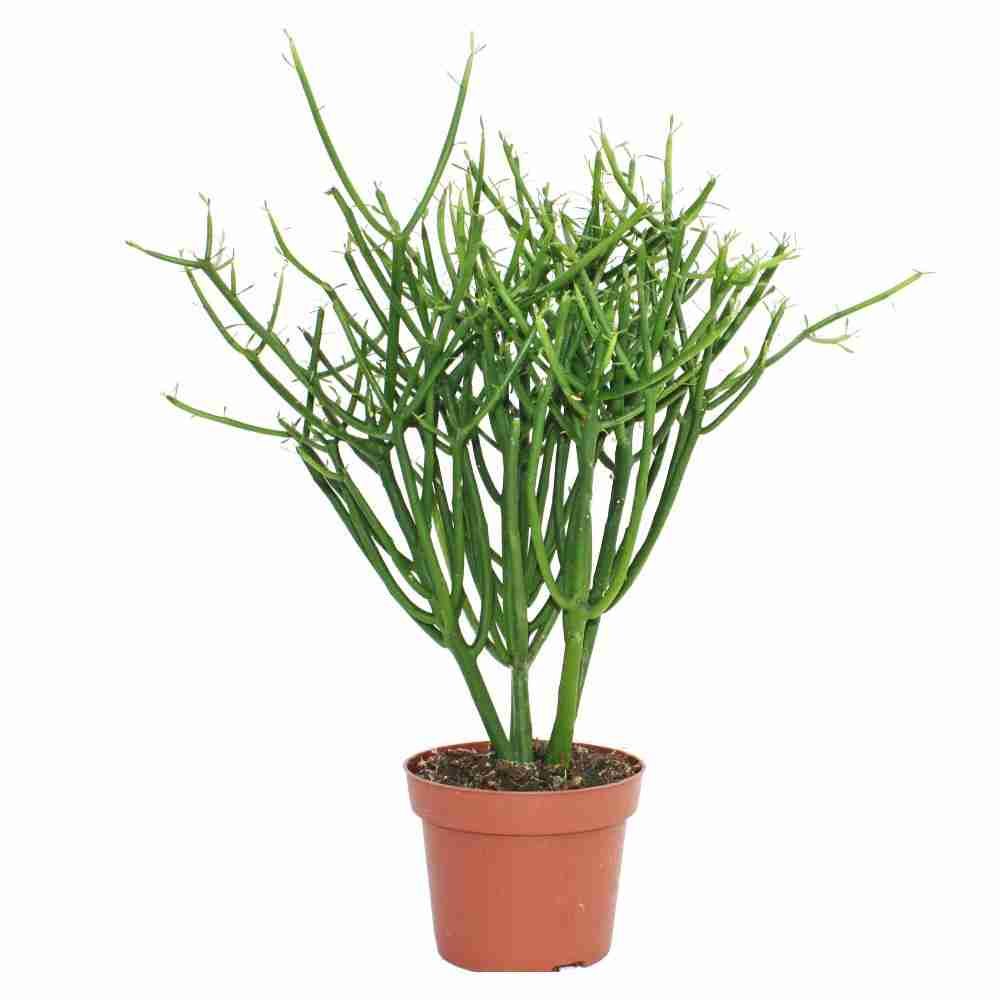

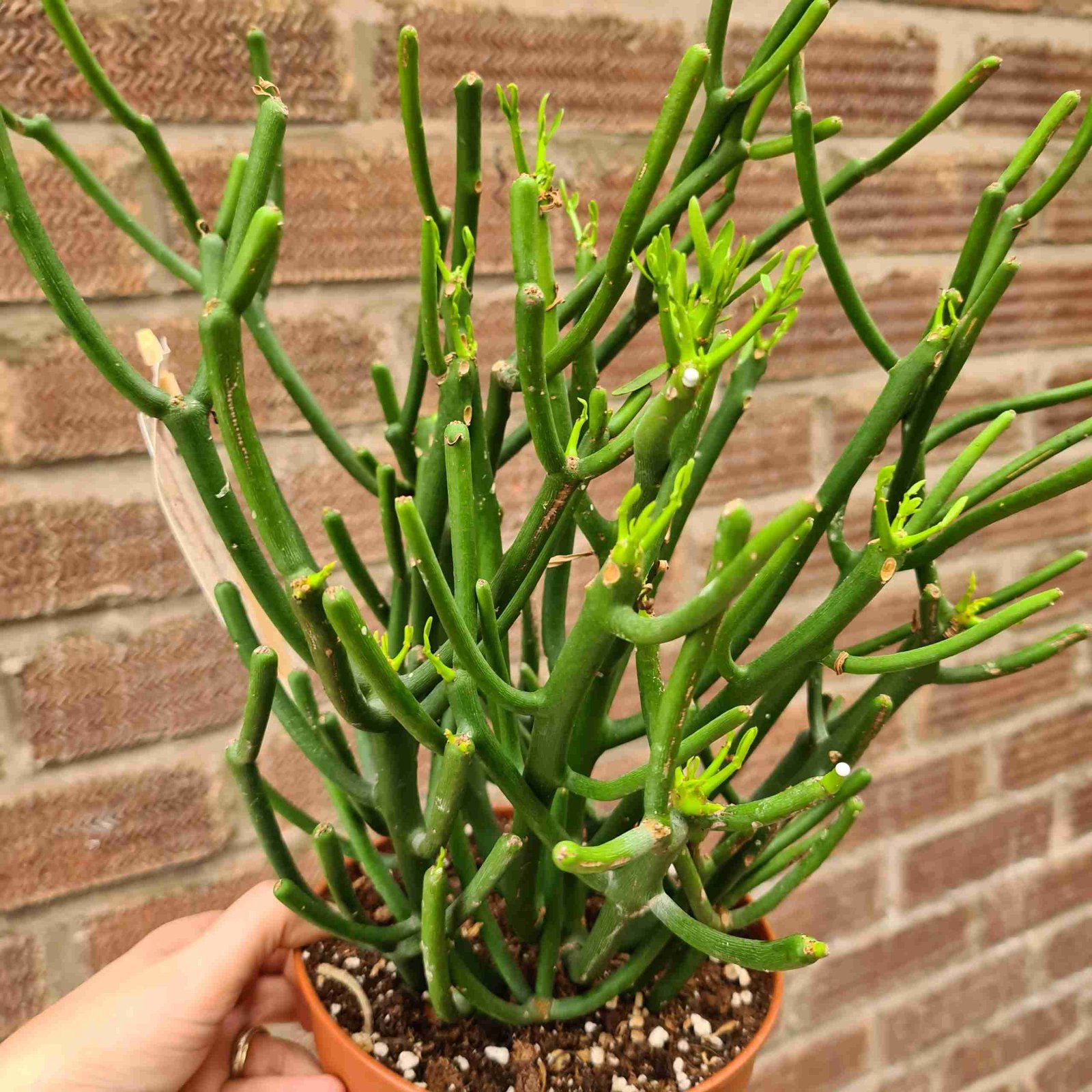
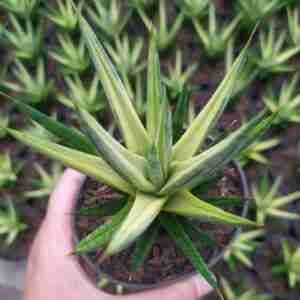
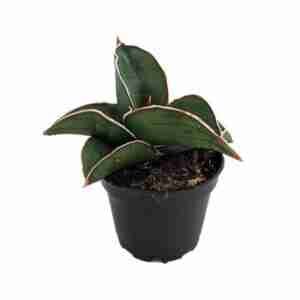
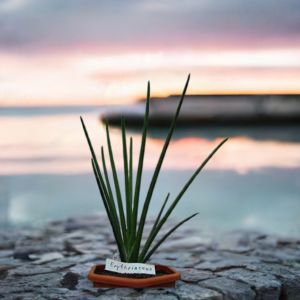

Reviews
There are no reviews yet.